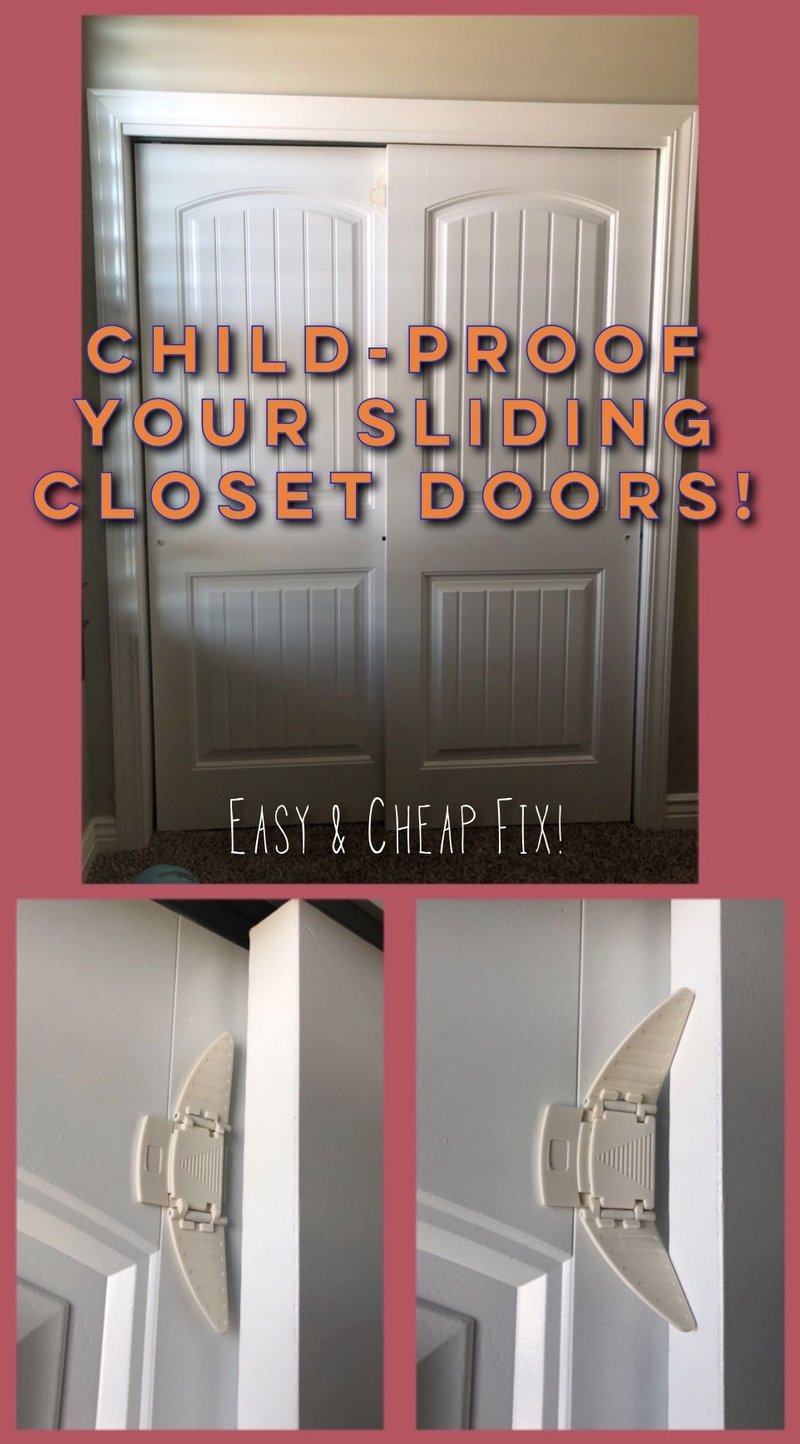
Imagine a bifold closet door as a large invitation to adventure. When left unchecked, it can become a secret passageway to all sorts of trouble. But don’t worry; with a few simple strategies, you can turn that door into a safe, secure barrier. So, let’s dive into the best ways to childproof bifold closet doors, ensuring your kids can safely roam and explore without any worries.
Assessing the Risks of Bifold Closet Doors
Before you start your childproofing mission, it’s important to assess the risks associated with your bifold closet doors. Take a moment to think about what’s behind those doors. Are there cleaning supplies, sharp tools, or potentially dangerous items? If so, you might be more inclined to take action. Closet doors often swing open and close, which can lead to accidents if little fingers get caught in the hinges or frames.
Also, consider the design of your bifold doors. Some doors glide on a track, while others may swing open in a more traditional manner. Understanding how they function can help you choose the right childproofing methods. Identifying risks is the first step to ensuring that your home is a safe haven for your children.
Using Childproof Locks
One of the easiest and most effective methods to childproof bifold closet doors is installing childproof locks. These handy devices come in various styles, but they all share one goal: keeping little hands away from what’s inside. Most childproof locks are simple to install and can be placed out of reach of children.
Here’s how to install a basic childproof lock:
1. Choose the Right Lock: Look for locks specifically designed for bifold doors.
2. Position the Lock: Place it at the top of the door frame, where your child can’t reach.
3. Secure the Lock: Follow the manufacturer’s instructions to secure it properly.
When you take this step, you not only keep the contents of the closet inaccessible but also help your children learn to respect boundaries. Remember, though, that some kids are great at problem-solving, so make sure the lock is genuinely challenging for them!
Adding Door Stoppers
Another smart way to childproof bifold closet doors is by using door stoppers. These handy little accessories can prevent the doors from swinging shut quickly, which is vital for avoiding pinched fingers. Think of them as a safety net for those pesky accidents that can happen in the blink of an eye.
There are a few types of door stoppers you can consider:
- Wedge Stoppers: These are placed at the bottom of the door to prevent it from closing.
- Hinge Pin Stoppers: These attach directly to the hinge, stopping the door from closing completely.
- Magnetic Stoppers: These keep the door open at a certain angle, giving kids easy access while still ensuring safety.
Incorporating door stoppers means you can also prevent the doors from slamming shut, which can be a loud surprise for little ones. Plus, this could also save the integrity of your bifold doors over time!
Creating a Designated Space
Consider organizing your closet in a way that makes it less tempting for children to explore. By creating a designated space inside the closet, you can limit access to certain items while still keeping the closet functional. For example, move hazardous items to the top shelves, well above your child’s reach, and fill the lower shelves with toys or safe items.
Setting boundaries visually helps kids understand what they can and can’t touch. You might even go a step further and involve your children in the organization process—showing them that some areas are off-limits while others are just for fun. This not only keeps them safe but also teaches them responsibility and respect for their environment.
Using Finger Guards
If your bifold closet doors tend to swing open and closed with a little too much gusto, it’s a good idea to consider finger guards. These simple devices fit into the door frame and create a barrier to prevent little fingers from getting caught. Honestly, it’s an inexpensive yet effective way to eliminate the worry of pinching.
Installing finger guards is typically straightforward:
1. Measure the Door Frame: Take measurements of your bifold doors to ensure a proper fit.
2. Cut to Size: Most finger guards can be adjusted, so cut them down if necessary.
3. Attach the Guards: Follow the instructions provided to secure the guards onto the door frame.
With a little time and effort, you’ll create a safer environment while giving yourself peace of mind.
Regular Maintenance Checks
Once you’ve childproofed your bifold closet doors, don’t forget about regular maintenance checks. This means consistently inspecting the locks, stoppers, and guards to ensure everything is functioning as it should. Over time, wear and tear can take its toll, so keeping an eye on these elements will help you catch potential issues before they arise.
Set a reminder to check these features every few months. Make it a routine—perhaps every time you change the batteries in the smoke detector or turn the clocks forward. Being proactive can save you a lot of headaches down the line.
Educating Your Children
While physical barriers like locks and stoppers are essential, educating your children about safety is also crucial. Start with simple conversations about why certain areas in the home are off-limits. Use age-appropriate language that helps them understand the “what” and “why” behind your rules.
You might say, “We keep cleaning supplies in this closet because they can make you sick if you touch them. It’s important to let Mommy or Daddy take care of those.” Building trust and understanding with your children can foster a sense of security, so they feel comfortable coming to you with questions.
Additionally, involve them in practicing safe behaviors around the house. Show them how to open and close the doors carefully and explain what it means to respect boundaries. This can lead to them becoming more aware of their surroundings.
Childproofing your bifold closet doors is all about creating a safe and nurturing environment for your kids. By using effective locks, stoppers, and guards, you can prevent accidents from occurring while still giving them a sense of freedom. Pair these physical solutions with honest conversations and consistent maintenance, and you’ll feel empowered as a parent or caretaker.
In the end, it’s all about balance—allowing your little adventurers to explore while ensuring their safety. With these strategies, you can turn potentially dangerous areas into safe havens and keep your home a joyful, worry-free zone for the family.
